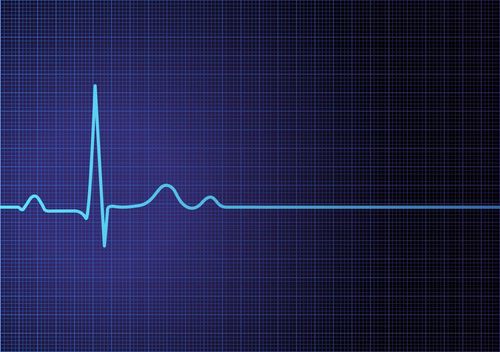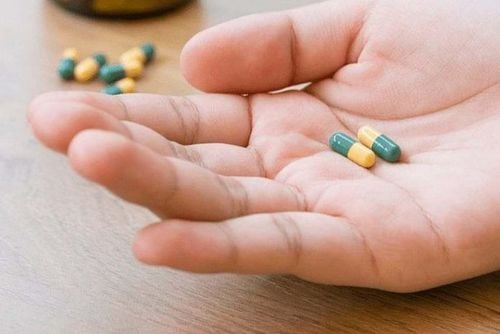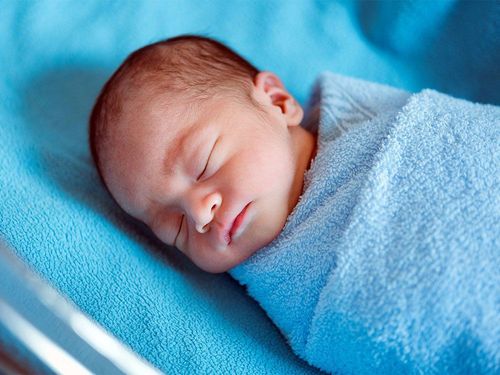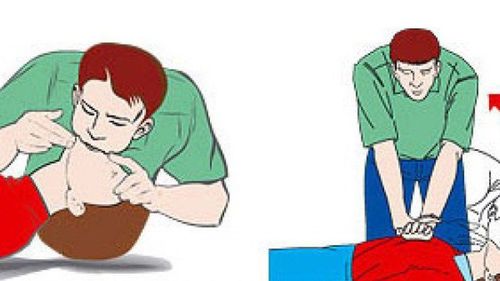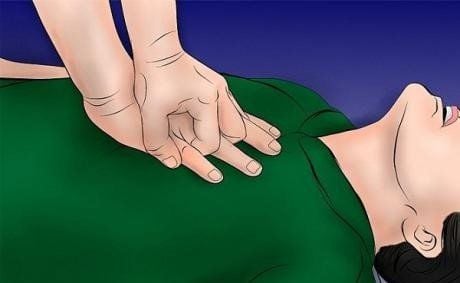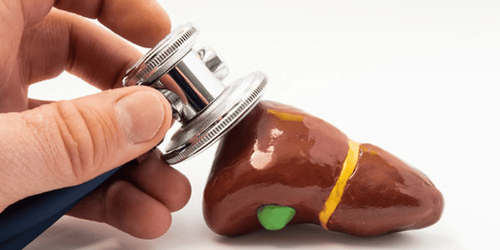This is an automatically translated article.
The article is professionally consulted by Master, Doctor Tong Van Hoan - Emergency Medicine Doctor - Emergency Department - Vinmec Danang International Hospital. Doctor with 10 years of experience in the field of Emergency Resuscitation.No parent wants their child to be in danger, but in reality there will be unforeseen things. Children are often very curious, hyperactive, may encounter dangerous situations such as choking on food, falling into the water... at any time. At that time, if adults take the right first aid and CPR steps, they will make a positive contribution to saving the child's life.
1. Signs that the child stops breathing
To find out if your baby is experiencing respiratory arrest, the first thing to do is to check the reaction by shaking or patting the baby to check if the baby is moving or reacting. Ask aloud “are you okay?”. Signs that the baby has stopped breathing are:The child is unconscious Stopping breathing Loss of pulse No response to being shaken or stimulated. To determine if the child's heart is still beating, the rescuer should put their ear to the child's chest and immediately call 911 or ask someone to call for help when no heartbeat is heard. In the meantime, administer first aid and perform CPR on the child.
Then, take the child to a safe and airy place, wipe off the soil, blood or phlegm from the child's mouth if any, before performing CPR on the child. Should loosen or remove clothes, belts ... quickly and urgently because at this time for children, every minute is very precious.
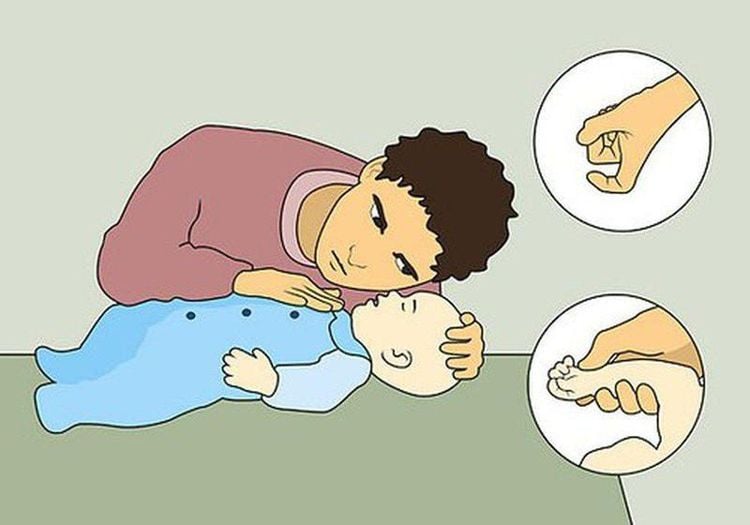
2. CPR procedure for children
2.1. Perform CPR on the child Carefully place the child on his or her back on a firm, flat surface. In case the child is at risk of spinal cord injury, it is advisable to have the help of 2 people to move the child, preventing the child's head and neck from being twisted. Perform airway clearance, pry the child's mouth to look for foreign objects and remove them with your fingers. A pad can be placed under the child's neck so that the head is tilted slightly back. Lift the baby's chin up with one hand while gently pressing down on the baby's forehead with the other hand, looking, listening, and feeling the breath. Keep the rescuer's ear close to the child's mouth and nose, monitor the chest movement and feel the child's breathing with alternating cheeks during emergency and CPR If the child does not breathe on his own, Begin CPR on the child using the rescuer's mouth, keeping the child's mouth closed, while covering the child's nose, lift the chin and keep the infant's head slightly tilted. Carry out blowing 2 times in a row into the child's mouth for children over 8 years old, 1 breath for children under 8 years old, each time blowing about 1 second (about 1 breath / 1 second). If done correctly, the baby's chest should be seen rising. If no air comes in when blowing, adjust the child's head and try again. For children under 8 years old: perform rescue breaths with intensity from 20-30 times/minute, for children over 8 years old, give rescue breaths 15-20 times/minute. 2.2. Perform chest compressions (external chest compressions) Lay the baby flat on a firm surface and the rescuer kneel on one side of the child, knees parallel to the body, about 10cm apart. The rescuer places one palm on the breastbone, just below the nipple, not all the way down to the bottom of the baby's sternum. Place your other hand on the child's forehead to keep his or her head slightly tilted. Perform chest compressions of the child about 4-5cm, after each compression let the chest fully inflate again. Manipulation of chest compressions quickly, decisively and continuously. Chest compressions 30 times by pressing and counting quickly from 1 to 30, then stop. During the press, the arm is always straight, the elbow should not be bent even when pressing and when letting go. Press continuously, limit any interruptions, do not stop for more than 5-10 seconds. The appropriate number of chest compressions is 100-120 times/minute. Continue to give 2 more breaths to show that the baby's chest is inflated to give the correct breath. Continue to perform CPR for children (30 chest compressions alternating with 2 breaths, then repeat) for about 2 minutes. After performing CPR on the child for about 2 minutes, if the child still does not return to normal breathing, does not cough, or does not move, put the child into an AED (automatic electric shock machine) immediately. if any. If the ambulance has not arrived, continue CPR for the child (30 chest compressions, 2 breaths) until the child recovers or until help arrives. If the child begins to show signs of breathing on his own, stop, let him rest and monitor his breathing.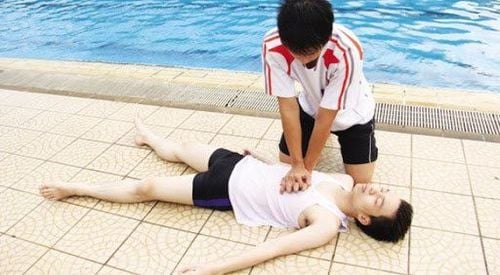
3. Notes when performing CPR on children
Some notes when performing CPR for children are as follows:Only gentle chest compressions should be made to avoid broken ribs For children with chest injuries and rib fractures, do not give rescue by artificial respiration for children or extra-thoracic heart massage (chest compression) As soon as the child can breathe on his own, it is necessary to quickly take the child to the nearest medical facility for treatment.
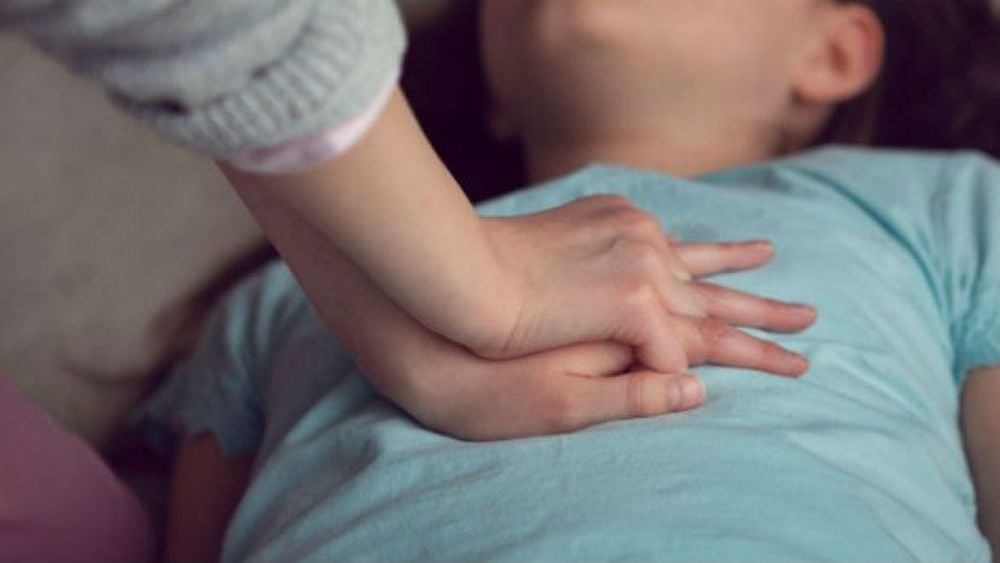
Vinmec International General Hospital has performed CPR, resuscitation, and treated many cases in emergencies, traffic accidents and serious injuries. Accordingly, the examination, emergency and resuscitation procedures for patients at Vinmec are all carried out methodically and in accordance with the correct procedures under the guidance and implementation of well-trained specialists both inside and out. abroad brings high treatment prognosis, quick recovery time.
Please dial HOTLINE for more information or register for an appointment HERE. Download MyVinmec app to make appointments faster and to manage your bookings easily.





